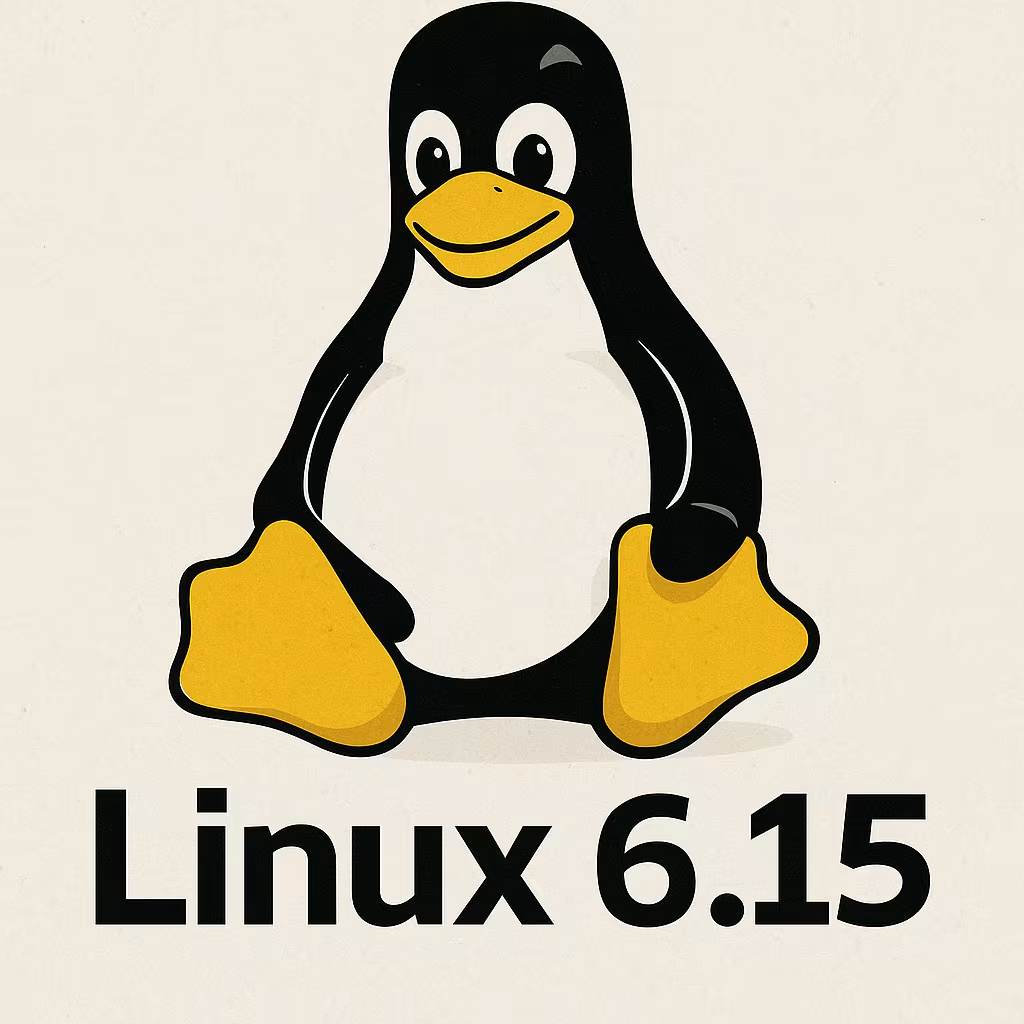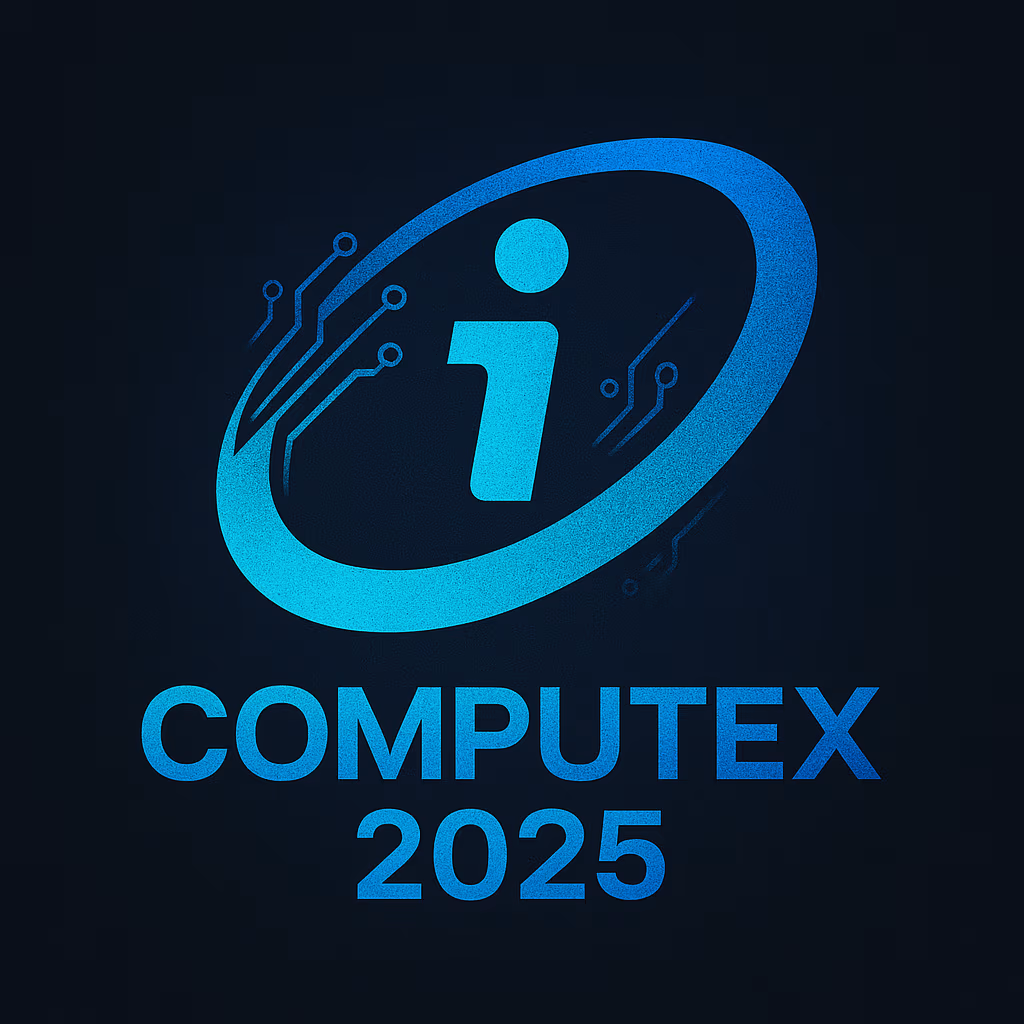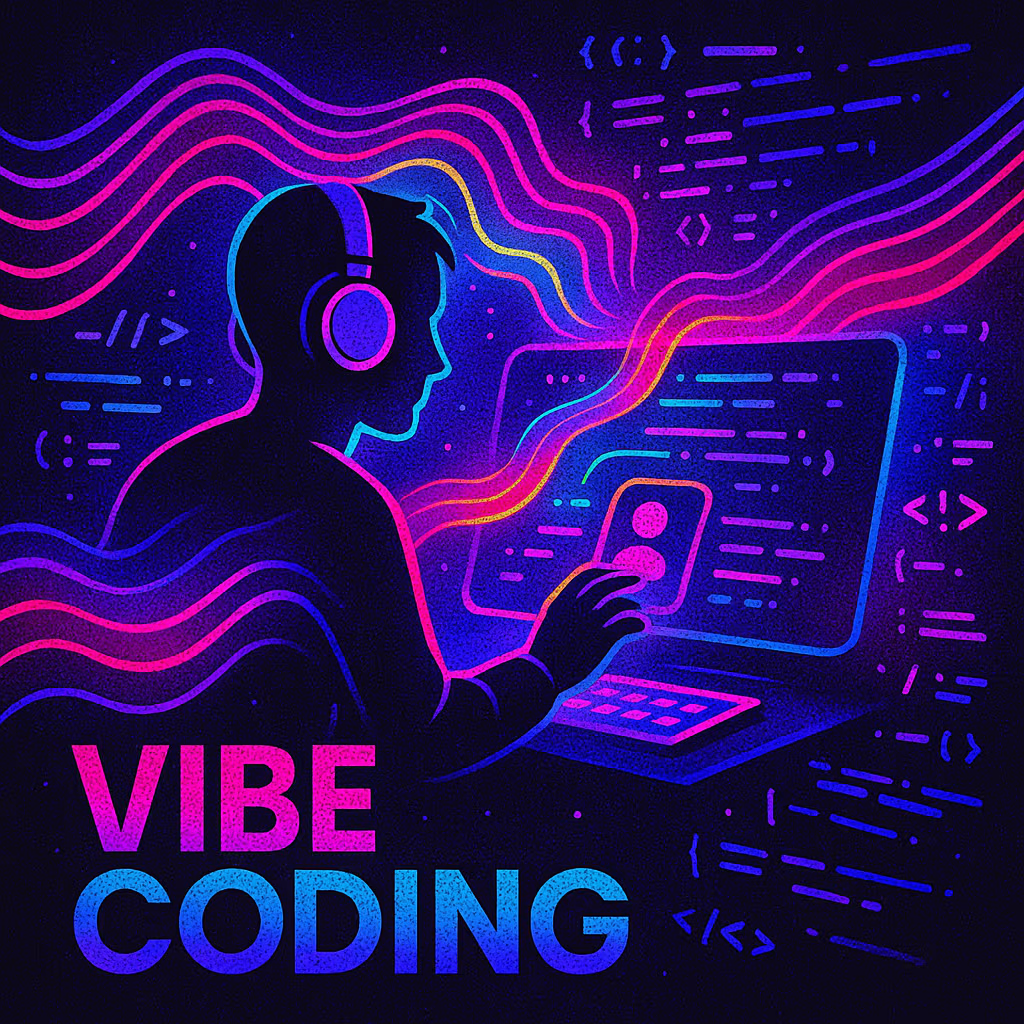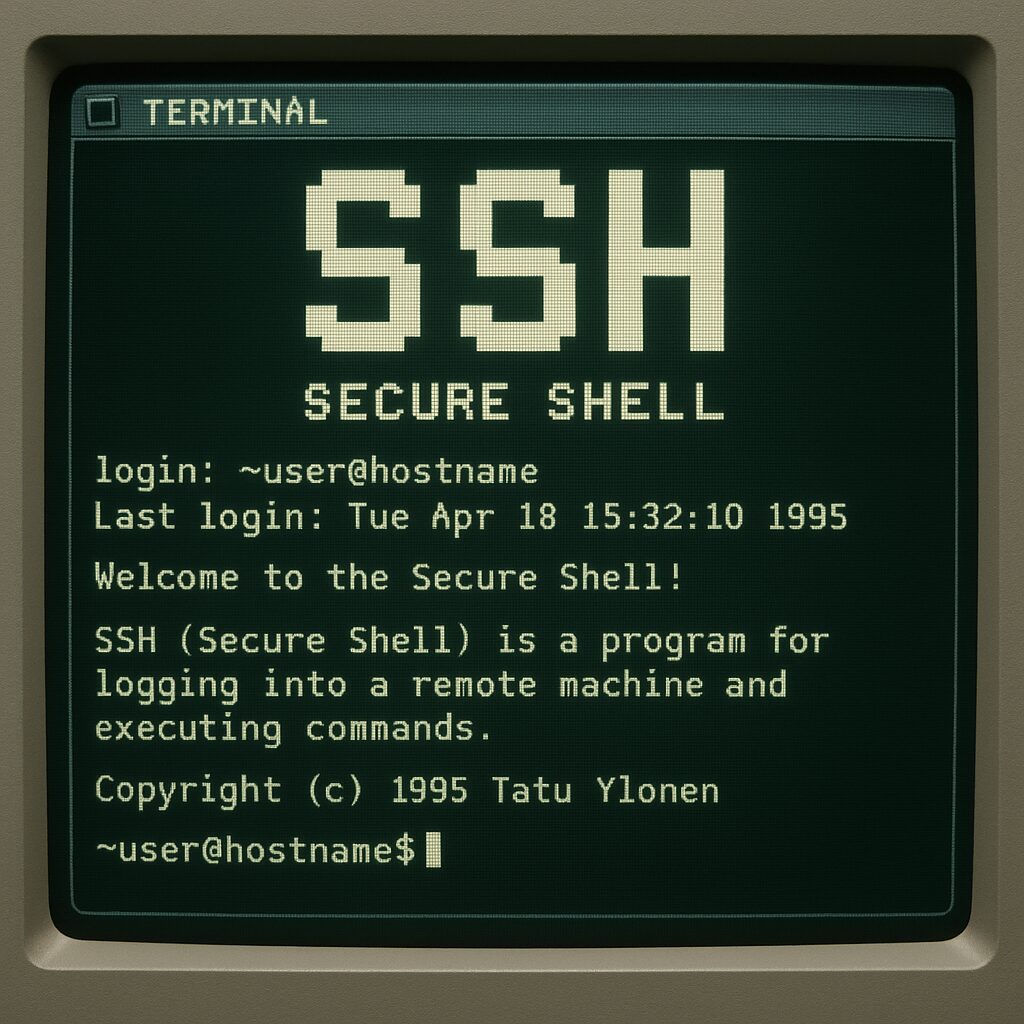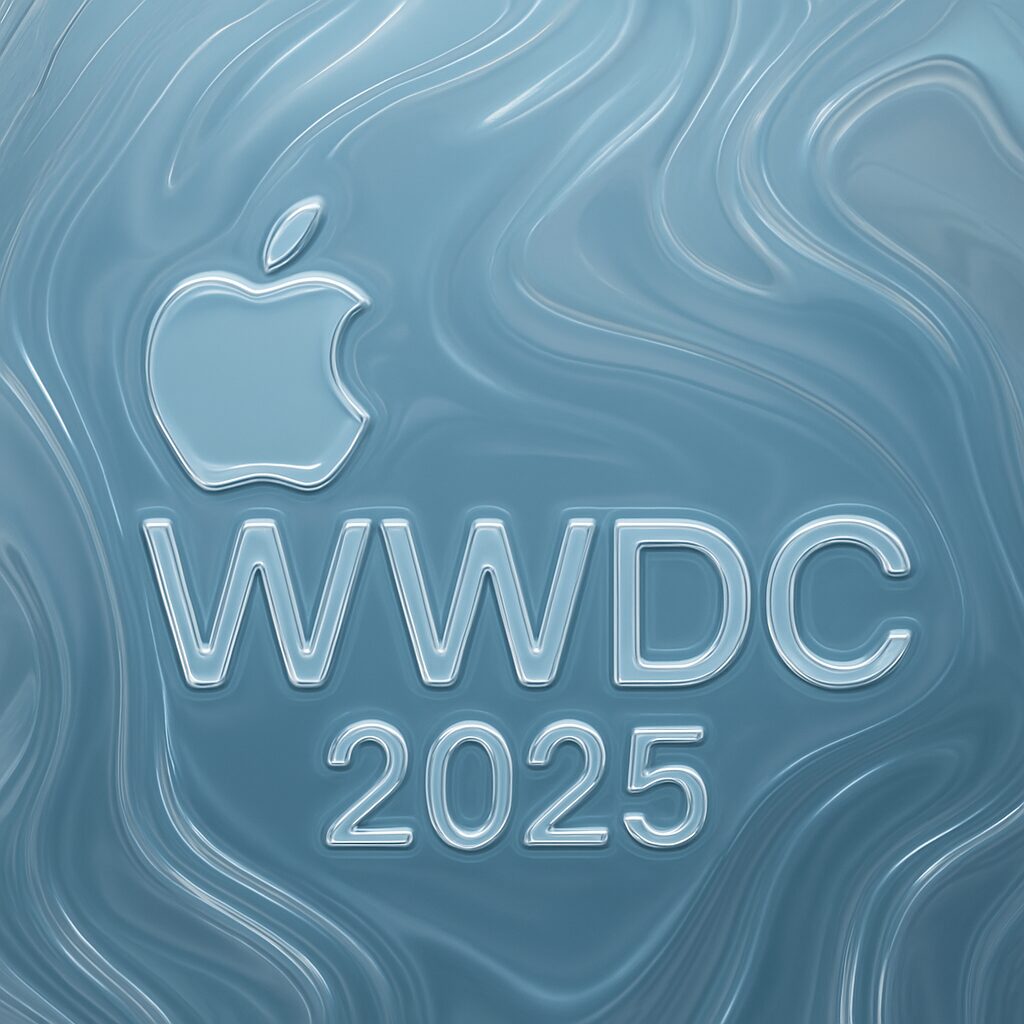
WWDC 2025 Unpacked
Apple’s Worldwide Developers Conference 2025 delivered what many are calling the company’s most significant software update in over a decade. With groundbreaking design changes, major AI advancements, and unified operating system versioning, WWDC 2025 has set the stage for Apple’s next chapter in personal computing.
The keynote, led by CEO Tim Cook and SVP of Software Engineering Craig Federighi, introduced transformative changes across every Apple platform, from the revolutionary “Liquid Glass” design language to the expansion of Apple Intelligence capabilities. This year’s conference theme, “on the horizon,” proved prophetic as Apple unveiled features that will fundamentally reshape how users interact with their devices.
The Liquid Glass Revolution: A New Era of Design

apple
Universal Design Language Transforms Apple’s Ecosystem
Apple introduced its most significant design overhaul since iOS 7 with the unveiling of “Liquid Glass,” a dynamic, translucent design language that spans all Apple platforms. This revolutionary approach transforms traditional UI elements into responsive, glass-like materials that react to user interactions and adapt to surrounding content. The Liquid Glass aesthetic employs real-time rendering to create specular highlights and dynamic light refraction, making interface elements appear as if they’re made of actual glass. Unlike static design elements, Liquid Glass components expand, contract, and shift in response to user touch, creating an unprecedented level of visual feedback.
Technical Implementation and Developer Impact
The new design system fundamentally reimagines how developers approach UI creation. Apple has released updated APIs across SwiftUI, UIKit, and AppKit, enabling developers to seamlessly integrate Liquid Glass elements into their applications. The design language automatically adapts between light and dark modes while maintaining visual consistency across all platforms. Navigation controls, toolbars, and app elements have been redesigned to complement the new aesthetic, with particular attention paid to how elements interact with rounded corners and curved surfaces. This universal approach ensures that the same design principles work seamlessly whether users are on iPhone, iPad, Mac, Apple Watch, or Apple TV.
Apple Intelligence: The Foundation Models Revolution

apple
Opening the AI Platform to Developers
The most technically significant announcement at WWDC 2025 was the introduction of the Foundation Models framework, which grants third-party developers direct access to Apple’s on-device large language model. This framework represents a paradigm shift in how AI capabilities are distributed across the Apple ecosystem. The Foundation Models framework operates entirely on-device, ensuring that user data never leaves the device while providing developers with powerful AI capabilities. Applications can now integrate Apple’s 3-billion parameter language model for tasks ranging from personalized content generation to real-time text analysis. Educational apps like Kahoot can generate custom quizzes from user notes, while travel applications can create personalized itineraries—all without cloud API costs.
Live Translation and Communication Breakthroughs
Apple Intelligence now powers system-wide live translation capabilities that work across Messages, FaceTime, and Phone applications. The translation system operates entirely on-device, supporting real-time spoken translations during phone calls even when the recipient isn’t using an iPhone. The technical implementation leverages Apple’s custom neural translation models, which have been optimized for low-latency processing on Apple Silicon. During FaceTime calls, the system provides live translated captions, while Messages automatically translates incoming texts and outgoing replies in real-time.
Enhanced Creative Tools and Genmoji Evolution
Apple Intelligence’s creative capabilities have expanded significantly with enhanced Genmoji functionality and Image Playground improvements. Users can now combine existing emojis to create entirely new expressions—for example, merging a basketball and a trash can emoji to create a “basketball-going-into-trash-can” Genmoji. Image Playground has gained new artistic styles, including oil painting effects and ChatGPT-style prompt interpretation. The system now supports more sophisticated image manipulation, allowing users to modify expressions, backgrounds, and other elements of generated images.
Operating System Unification: The Version 26 Strategy
A New Naming Convention for Apple’s Ecosystem
In a surprising move, Apple has unified all its operating system version numbers under the “26” designation, representing the year 2026 when these updates will be most actively used. This strategic decision abandons Apple’s traditional incremental numbering system in favor of year-based versioning that aligns all platforms.

apple
The version unification affects:
- iOS 26
- iPadOS 26
- macOS Tahoe 26
- watchOS 26
- tvOS 26
- visionOS 26
This change reflects Apple’s commitment to synchronized development cycles and ensures feature parity across platforms. The dramatic version jumps—from watchOS 10 to watchOS 26 and from visionOS 2 to visionOS 26—underscore the significance of this unified approach.
Cross-Platform Feature Integration
The unified versioning enables unprecedented feature consistency across Apple’s ecosystem. Live Activities, previously exclusive to iOS, now appear on macOS and Apple TV. The new Games app launches simultaneously across iPhone, iPad, Mac, and Apple TV with identical functionality. This synchronization extends to smaller details as well, with notification handling, widget systems, and AI-powered features working identically across platforms. The unified approach simplifies development for third-party applications while providing users with a more cohesive experience regardless of which Apple device they’re using.
Gaming Takes Center Stage
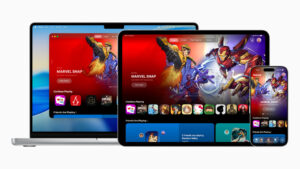
apple
The Apple Games App: A Gaming Hub Revolution
Apple unveiled a dedicated Games app that represents the company’s most significant gaming initiative since Apple Arcade. The new application functions as a comprehensive gaming hub, featuring game libraries, social features, and direct Apple Arcade integration. The Games app introduces “Play Together” functionality, enabling users to challenge friends to specific achievements, view gaming activity, and coordinate multiplayer sessions. The social aspects include leaderboards, matchmaking, and recommendation engines that suggest games based on friends’ activities.
Metal 4 and Advanced Graphics Technology
Accompanying the Games app launch, Apple introduced Metal 4, a significant update to its graphics API that includes frame interpolation, advanced denoising, and enhanced rendering capabilities. These improvements enable better game performance and visual quality across Apple platforms. The Metal 4 framework also introduces new Game Overlay functionality, allowing players to access achievements, adjust settings, and communicate with friends without leaving their games. This overlay system works across iPhone, iPad, and Mac, providing consistent gaming experiences.
macOS Tahoe 26: Redefining Desktop Computing
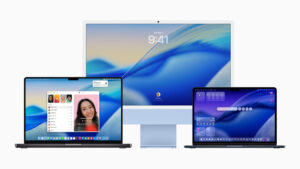
apple
Spotlight Evolution and Productivity Features
macOS Tahoe 26 introduces revolutionary changes to Spotlight, transforming it from a simple search tool into an intelligent action center. The new Spotlight can execute complex workflows, automate tasks through Shortcuts integration, and provide contextual suggestions based on current activities. The introduction of Quick Keys represents a fundamental shift in Mac interaction paradigms. These two-letter shortcuts enable rapid access to frequent actions—typing “sm” sends a message, while “ar” adds a reminder. The system learns from user behavior to automatically generate personalized Quick Keys.
Native Clipboard History and iPhone Integration
macOS Tahoe 26 finally includes native clipboard history, a feature long requested by power users. The implementation provides visual previews and context information, showing which application originally copied each item. This integration extends to iPhone apps through iPhone Mirroring, allowing users to launch and control iOS-exclusive applications directly from Spotlight.
watchOS 26: AI-Powered Fitness Revolution
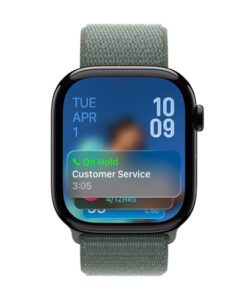
apple
Workout Buddy: Your Personal AI Coach
The most innovative watchOS 26 feature is Workout Buddy, an AI-powered fitness coach that provides real-time encouragement and guidance during workouts. This system analyzes workout data privately using Apple Intelligence to deliver personalized coaching through a dynamic text-to-speech model trained on Fitness+ trainer voices. Workout Buddy supports popular workout types including running, walking, cycling, HIIT, and strength training, initially available in English. The AI coach provides contextual feedback—encouraging users to push harder during intervals or suggesting recovery when detecting fatigue patterns.
Enhanced Smart Stack and Gesture Controls
The Smart Stack gains significant intelligence improvements in watchOS 26, incorporating more contextual data to provide proactive suggestions. For example, arriving at a gym at your usual workout time triggers automatic Workout app suggestions, while reaching a remote location prompts Backtrack navigation features. New gesture controls include a wrist flick option for dismissing calls and notifications, utilizing machine learning to interpret accelerometer and gyroscope data. This feature joins the existing Double Tap functionality to create more intuitive interaction methods.
CarPlay and tvOS: Expanding the Ecosystem
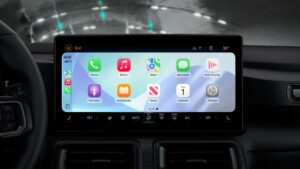
apple
CarPlay Ultra and Enhanced Integration
CarPlay receives its most significant update with new widget support, Live Activities integration, and enhanced vehicle controls. The new implementation includes climate and radio controls directly within the CarPlay interface, reducing the need to use vehicle-specific systems. CarPlay Ultra, initially launched with Aston Martin, is expanding to additional manufacturers including Hyundai, Kia, Ford, and Volvo. This advanced version provides deeper vehicle integration, including real-time gauge information and customizable dashboard layouts.
tvOS 26: Unified Entertainment Experience
tvOS 26 brings the Liquid Glass design to Apple TV, creating visual consistency across all Apple platforms. The update includes enhanced user profile management, with automatic profile display when the Apple TV wakes. Apple Music Sing receives significant upgrades, allowing iPhone use as wireless microphones with voice amplification through TV speakers. Friends can queue songs and react with emoji during karaoke sessions, transforming Apple TV into a social entertainment hub.
AirPods and Audio Innovation

apple
Studio-Quality Recording and Camera Integration
AirPods receive new capabilities including studio-quality audio recording and camera remote functionality. The H2 chip, combined with beamforming microphones and computational audio, delivers improved voice quality for calls and recordings. The camera remote feature allows users to trigger photo and video capture by pressing the AirPods stem. This functionality works with both the native Camera app and third-party camera applications, providing hands-free photography options.
Looking Forward: The Developer Impact
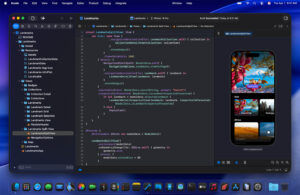
apple
API Updates and Development Tools
Apple has released comprehensive API updates to support the new design language and AI capabilities. The Foundation Models framework alone represents one of the most significant developer tools Apple has ever released, providing access to on-device AI capabilities without cloud dependencies. SwiftUI, UIKit, and AppKit have all received updates to support Liquid Glass design elements. New Control Widget APIs enable developers to create custom controls for Control Center and Smart Stack, while the Smart Stack Relevance API allows apps to provide contextual suggestions.
Privacy and Performance Considerations
All new AI features maintain Apple’s commitment to privacy, with processing occurring entirely on-device where possible. The Foundation Models framework operates without internet connectivity, ensuring that sensitive user data never leaves the device. Performance optimizations across all platforms ensure that the new features don’t compromise battery life or system responsiveness. Apple’s custom silicon advantages enable these AI capabilities while maintaining the efficiency users expect from Apple devices.
Conclusion: A New Chapter for Apple
WWDC 2025 represents more than an annual software update—it’s a fundamental reimagining of how users interact with technology. The combination of Liquid Glass design, expanded Apple Intelligence capabilities, and unified platform versioning creates a cohesive ecosystem that feels both familiar and revolutionary.
The introduction of the Foundation Models framework democratizes AI development on Apple platforms, potentially spawning a new generation of intelligent applications. Meanwhile, the Liquid Glass design language ensures that these powerful capabilities are wrapped in an interface that feels magical rather than mechanical.
As developers begin integrating these new capabilities and users experience the updated interfaces later this year, WWDC 2025 will likely be remembered as the moment Apple transitioned from a device company to a truly intelligent computing platform. The horizon that Apple promised has arrived, and it’s more impressive than anyone anticipated.


